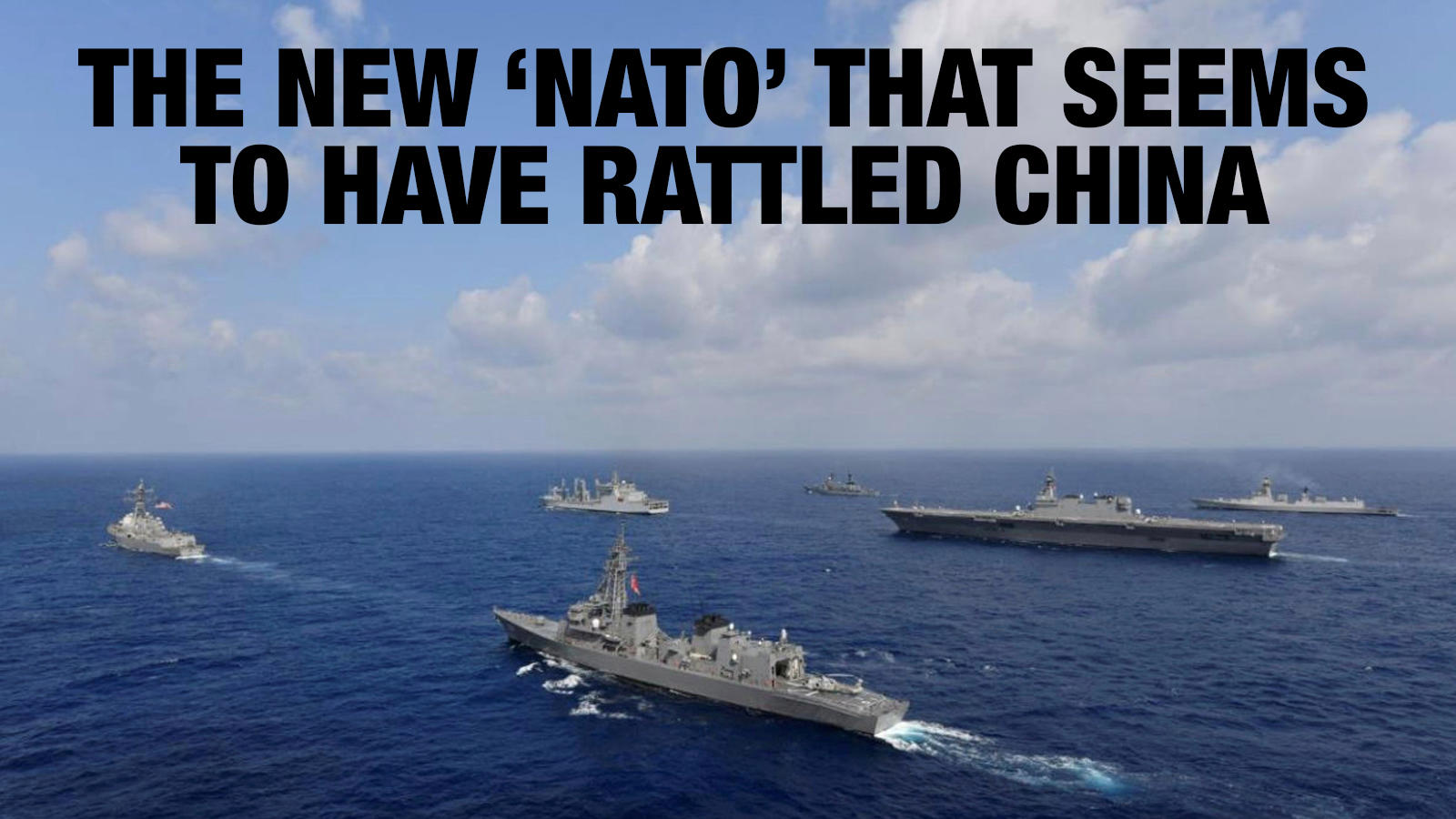
SOURCE: TNN
Something’s brewing in the Indian Ocean and China does not appear to like it. On October 26, US Secretary of State Mike Pompeo touched down in India, starting his five-day Asia tour that is clearly aimed at countering China’s growing political and military clout in the region.
Just three weeks ago, on October 6, he had slammed China for the Covid crisis at a meeting of the ‘Quad’ foreign ministers in Tokyo, and even called for collaboration to counter the Dragon.
The ‘Quad’, if you have lost track of it over the years, is a grouping of India, Japan, Australia and the US that was born in the middle of the last decade and went into hibernation soon after. It was revived in 2017, but has not done much until now.
Yet, this time seems different. It’s not just Pompeo’s plane-hopping on the eve of the US elections that’s caught everyone’s eye. Australia, which had backed out of the group last time under Chinese pressure, is more actively involved now. It has even agreed to participate in next month’s Malabar naval exercise in the Indian ocean – the first time after 2007. Here’s a brief look at what the Quad is, what it does and why China seems concerned about it.
How it began
The idea for Quad, or the ‘Quadrilateral Dialogue’, came from former Japanese Prime Minister Shinzo Abe. India, Japan, Australia and the US had formed the Tsunami Core Group for relief work after the Indian Ocean tsunami in 2004. In 2007, Abe proposed the Quad for closer security and economic ties between the four countries. That year, they held their first and only joint naval exercise. But the group unravelled soon afterwards, mainly due to Chinese pressure.
Thirteen years ago, nobody wanted to sour relations with China. In India, there was opposition to the nuclear deal with the US, and concern about antagonising China at a time when the country was awaiting a Nuclear Suppliers’ Group waiver. In Australia, Quad critic Kevin Rudd became PM, and in Japan, Abe resigned.
After 10 dormant years, the Quad revived in 2017, and has maintained a regular rhythm of cooperation since then.
Why it’s different now
This time, Quad is driven by the four countries’ separate concerns about Chinese muscle-flexing. Ever since the financial crisis of 2008, Beijing has brazenly trod over others’ toes and run up territorial and maritime disputes. In business, it has shown an aversion to playing fair, and the ‘One Belt, One Road’ initiative shows its ambition to be a Rome-like hegemon.
Australia, which earlier withdrew from the Quad to do business with China, is now concerned about Chinese influence in its politics and universities. For Japan, China’s claim to the Senkaku islands and the treatment of its companies are concerns. India’s border with China is red hot with tension, and the US has a long list of complaints covering trade, technology and much more.
For these reasons, analysts say, the Quad has a bright future this time. It is a move to deter Chinese aggression and right the balance of power in the region.
India’s role
The new Quad would be meaningless without India. Australia, Japan and the US are old allies anyway. India’s participation makes all the difference. Besides, China’s most alarming recent moves have been on India’s border and in its neighbourhood.
China worried?
In 2018, Chinese foreign minister Wang Yi had dismissed the Quad as “sea foam on the Pacific and Indian oceans.” China did not expect Quad 2 to last. But two years later, a note of alarm has crept into its remarks.
In recent weeks, the Chinese deputy foreign minister has described the Quad as “an anti-China frontline”, “mini Nato” and “Indo-Pacific Nato” that threatens regional security.
Whether the alarm is real or feigned is not clear, because by equating the Quad with Nato, China might be trying to create a regional sentiment against it. Only time will tell who’s ahead in this Great Game.






